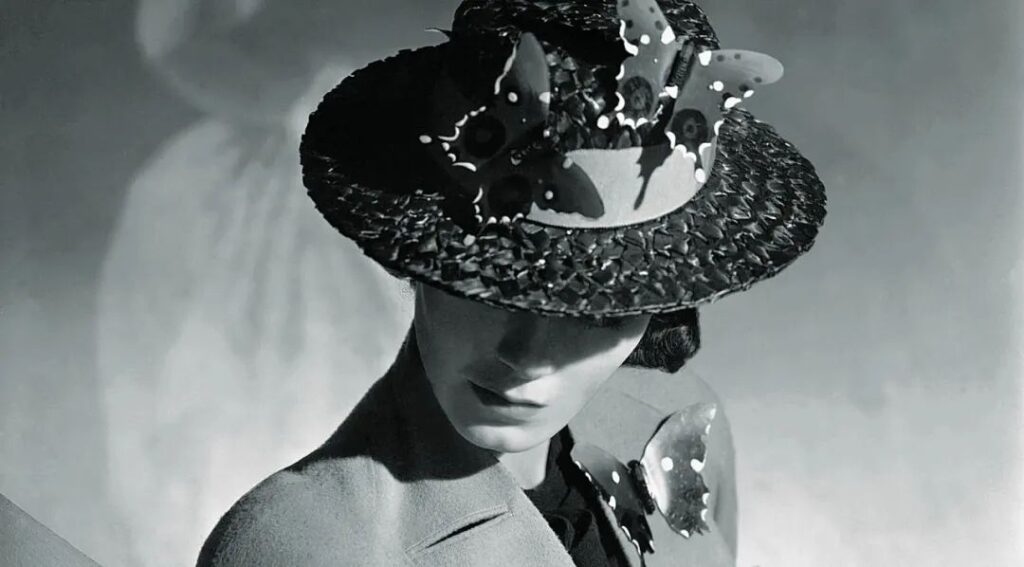
For jewelry enthusiasts, there are many unmissable museums around the world, and the Musée des Arts Décoratifs in Paris is undoubtedly one of them. Dedicated to collecting and exhibiting decorative arts, this museum houses over a million artifacts, making it the largest decorative arts museum in Europe. Its permanent exhibition of over a thousand jewelry pieces is particularly beloved by enthusiasts of Belle Époque jewelry.
If the Louvre is the crown of Paris’s moveable feast, then the Musée des Arts Décoratifs is a shimmering pearl hidden in a corner of that crown.
Compared to the grandeur of the Louvre, this royal building overlooking the lawns of the Tuileries Garden has its own delicate charm. Its beautiful dome, Regency-style grand staircase, and intricate corridors still exude the elegance and quaintness of the early 20th century.
However, when it comes to the museum’s collections, even the artistically designed building pales in comparison. The permanent exhibition displays over 6,600 items from the French Art Nouveau period (1890-1910) and the Art Deco period (1910-1936), covering various aspects of decorative arts including furniture, tableware, sculptures, paintings, glassware, and toys.
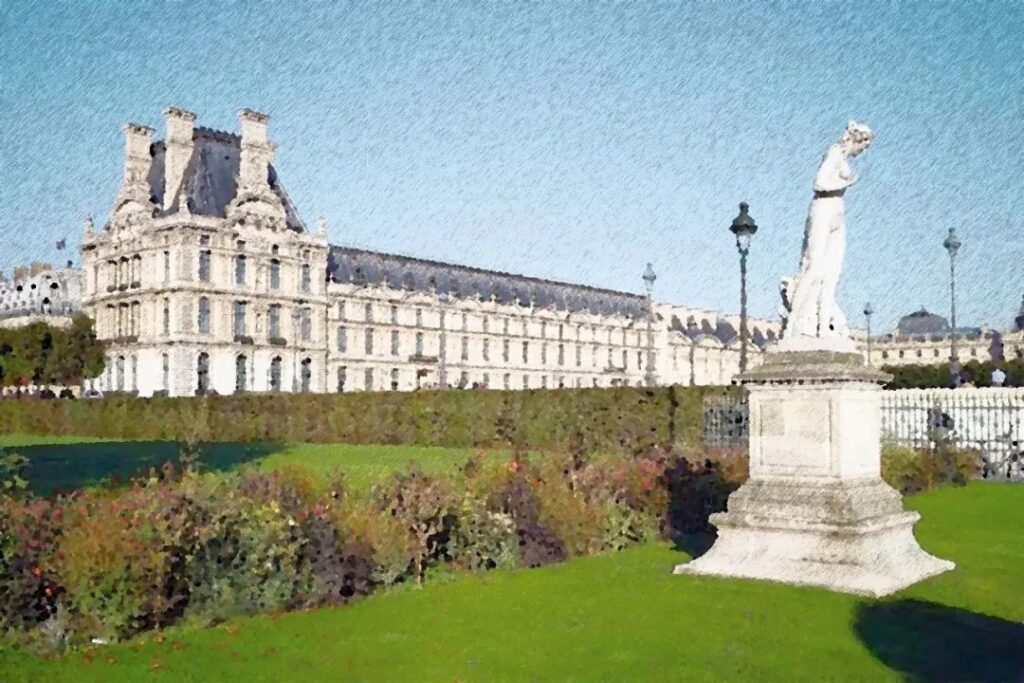
The grand staircase divides the jewelry gallery into two spaces. Hall 1 exhibits antique jewelry from the Middle Ages to the 19th century, while Hall 2 showcases works by French jewelry designers from the 1940s to the present day.
The antique jewelry in Hall 1 may not be extravagant, but the wall of drawer-style display cases filled with jewelry materials leaves a deep impression. From gemstones and semi-precious stones, gold, silver, and steel to coral, ivory, mother-of-pearl, and even hair, fish scales, plastic, and rhinestones, you can gain a profound understanding of the origins and history of jewelry.
In Hall 2, the jewels created by various decorative art masters of recent times are particularly noteworthy, featuring works by René Lalique, Georges Fouquet, Lucien Gaillard, and others – truly a gathering of stars.
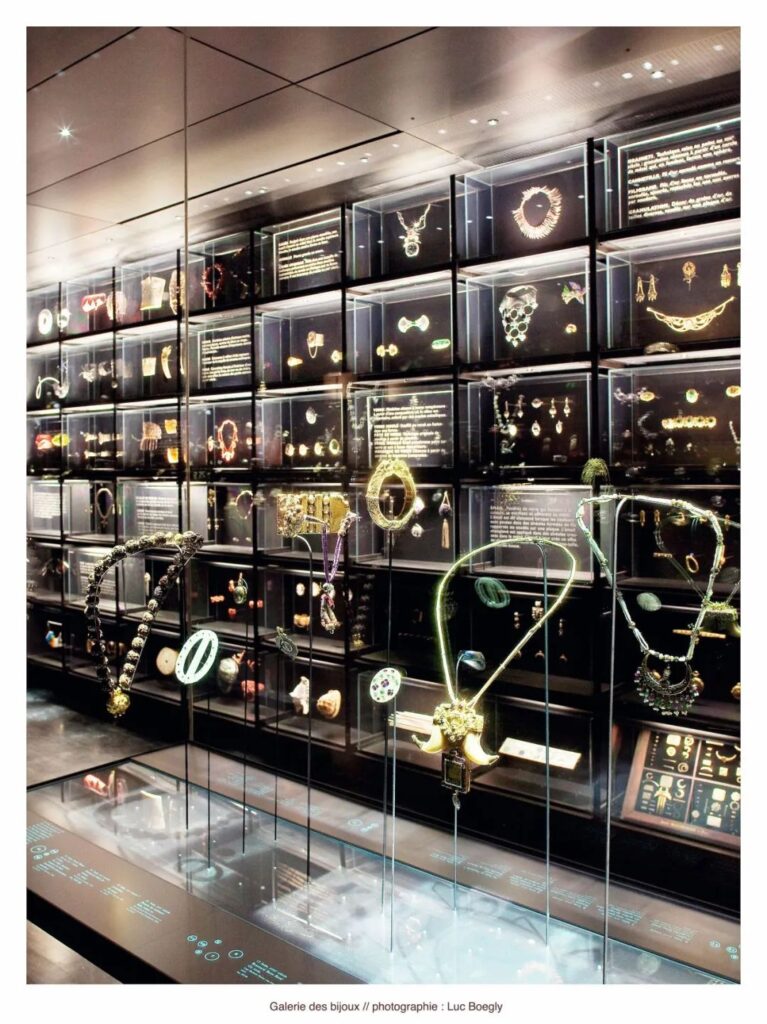
While the jewelry epic at the Musée des Arts Décoratifs may not be grand, it is exceptionally comprehensive. For this reason, it has also gained favor with top jewelry brands keen on documenting their heritage and history.
Cartier, Boucheron, Van Cleef & Arpels, and Chanel have not only donated and lent numerous pieces from their collections but also frequently set up traveling exhibitions in the museum. Additionally, a red ruby Butterfly Side-View brooch by Chinese jewelry artist Cindy Chao was acquired by the museum for its permanent collection a few years ago.

Platinum, diamonds, enamel
Want to see a collection of works by jewelry design masters? Look no further than the Musée des Arts Décoratifs in Paris. This museum has remarkably gathered classic pieces from many renowned designers, allowing visitors to journey through the fascinating history of jewelry. These masterpieces shine like stars in the dimly lit Bijoux jewelry gallery, igniting people’s dreams of pursuing art.
Frédéric Boucheron: “Innovation Above All”
Frédéric Boucheron took his first step in the jewelry world as an apprentice at the age of 14. In 1858, at 28, he founded the Boucheron brand in Paris. Innovation was always his top priority. He continuously researched jewelry techniques and materials, attempting to revitalize long-forgotten carving techniques.
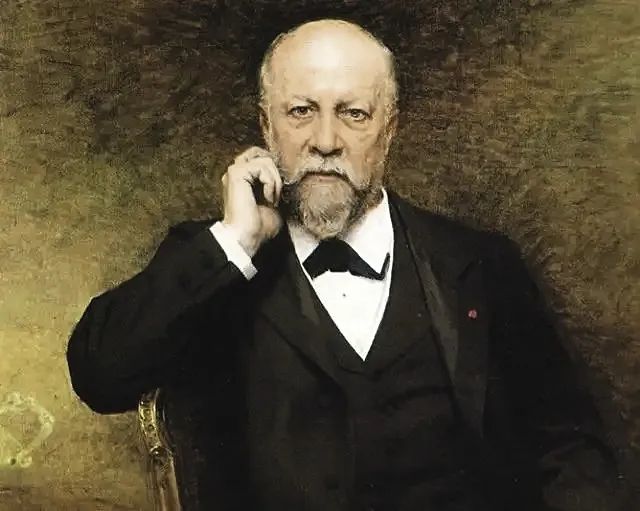
In 1879, Frédéric Boucheron observed that his wife and female clients found it inconvenient to fasten necklaces behind their necks. He then invented the “Question Mark” necklace, which doesn’t close, allowing elegant ladies to easily put on and take off the necklace with a simple motion. As the son of a silk merchant, he always carried deep memories of the soft, light texture of silk and lace, and throughout his jewelry career, he tried to incorporate this feeling into handcrafted gold art.
Since Frédéric Boucheron first won a gold medal at the Paris World’s Fair in 1867, this highly innovative jewelry master began a legendary history of winning numerous international awards. In 1893, Frédéric Boucheron established his presence in Place Vendôme, Paris.

This pair of earrings designed by Frédéric Boucheron in 1878 is typical of the Victorian style. They are delicate and graceful, with lively ribbon bows. The disc-shaped pendants ingeniously use three colors of translucent enamel – blue, red, and green. Each small section of enamel also depicts exotic patterns, which was an innovative attempt at the time.
Henri Vever: “Renaissance Man”
The Vever family is a famous jewelry dynasty that can be traced back to 1794 when Pierre-Paul Vever established his own shop. In 1848, his son took over the business. To escape war, he moved from Metz to Paris with his two sons, Paul and Henri, and it was from this point that the Vever family business gradually found its footing.
Paul and Henri maintained close relationships with Gustave Baugrand, one of Napoleon III’s main suppliers. Within a few short years, the Vever family rapidly developed and became recognized as one of the best jewelers in Paris.
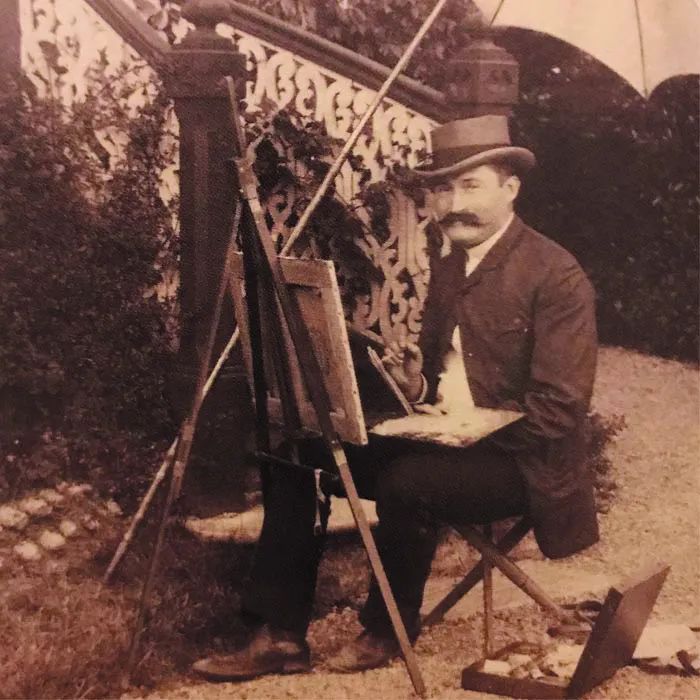
Henri Vever was responsible for the design and craftsmanship of the family brand, consistently determining the stylistic direction of Vever jewelry. With the rise of the Art Nouveau movement in the late 19th century, he embraced the new reforms and became one of its leading figures. He was also a renaissance man of the Art Nouveau period, not only a jewelry designer but also an influential writer, historian, and collector.
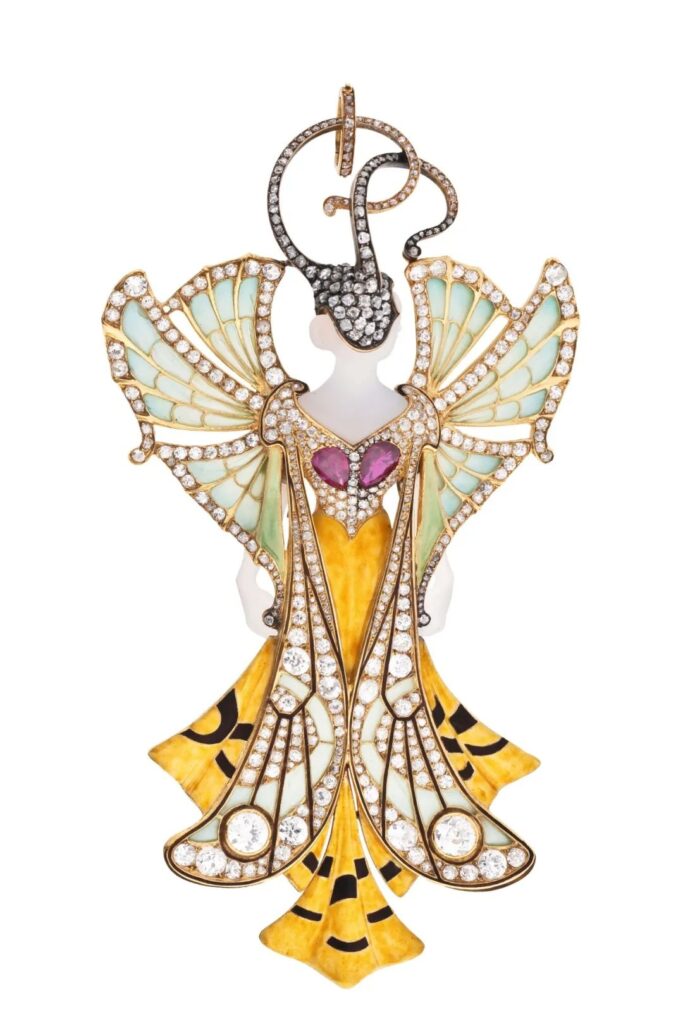
This Sylvia pendant is incredibly famous. Since its appearance in 1900, it has been sensational and has been featured in numerous important books on jewelry art history as a representative work of Art Nouveau designers. It hides small imbalances within symmetry and has sophisticated color accents within its elegant tones. The goddess and insect wings are artistically combined, with agate, diamonds, and rubies accentuating the dreamy gradient enamel. Sylvia’s slender waist and flowing skirt seem to form a painting in itself.
René Lalique: “Bold Imagination”
René Lalique’s later success can be traced back to his childhood. He loved nature from a young age and was skilled at drawing, demonstrating his innate artistic talent. At 16, he began his apprenticeship as a jeweler while attending evening classes at the School of Decorative Arts to study jewelry design. In 1878, he moved to London, where the thriving Arts and Crafts movement greatly influenced the young man.
At 25, he established his own business, opening a private studio in Paris, where he could finally put his wild ideas into practice.

In 1895, René Lalique first exhibited his glass jewelry at the French Artists’ Salon. He dared to use less precious materials to express the essence of design and the value of art. His work revolved around three themes: Women (Femme), Fauna (Faune), and Flora (Flore), creating a very distinctive personal style.
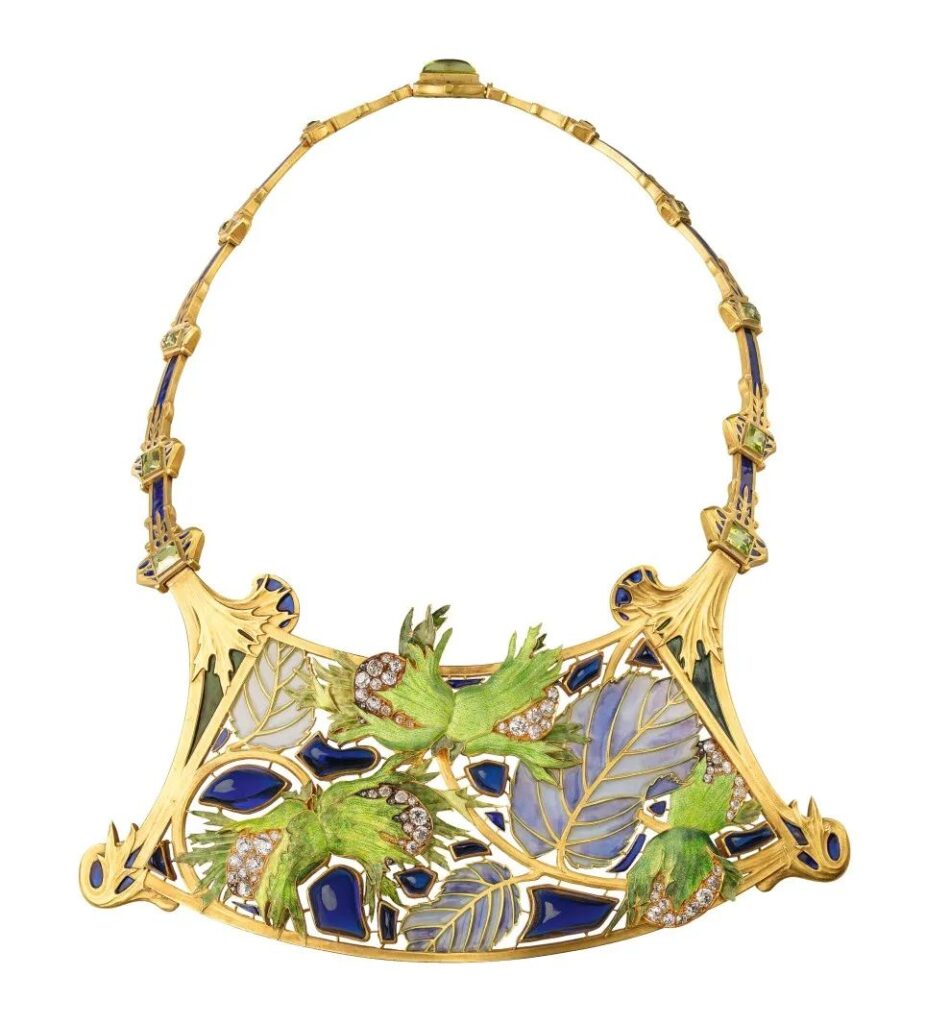
This “bib”-shaped rigid necklace is considered one of René Lalique’s Art Nouveau masterpieces from around 1900.
His expertise in natural themes comes to life, with various irregular and cabochon-cut sapphire-like glass creating the illusion of shimmering pools of water. The unique relief gold work outlines the entire piece, while the perfect combination of translucent and plique-à-jour enamel techniques gives the work a three-dimensional structure and rich colors.
Jean Schlumberger: “Tiffany’s Treasure”
Although Jean Schlumberger became famous in America, he was a true Frenchman, born in 1907 in eastern France to a relatively wealthy family. In the 1930s, his strict parents sent him to Berlin, hoping he would pursue a career in banking, but he rebelliously fled to Paris. In 1936, he met Italian fashion designer Elsa Schiaparelli and began designing fashion accessories for her.
After World War II, Jean Schlumberger moved to New York, initially planning to become a fashion designer, but eventually decided to open a jewelry salon with a friend.
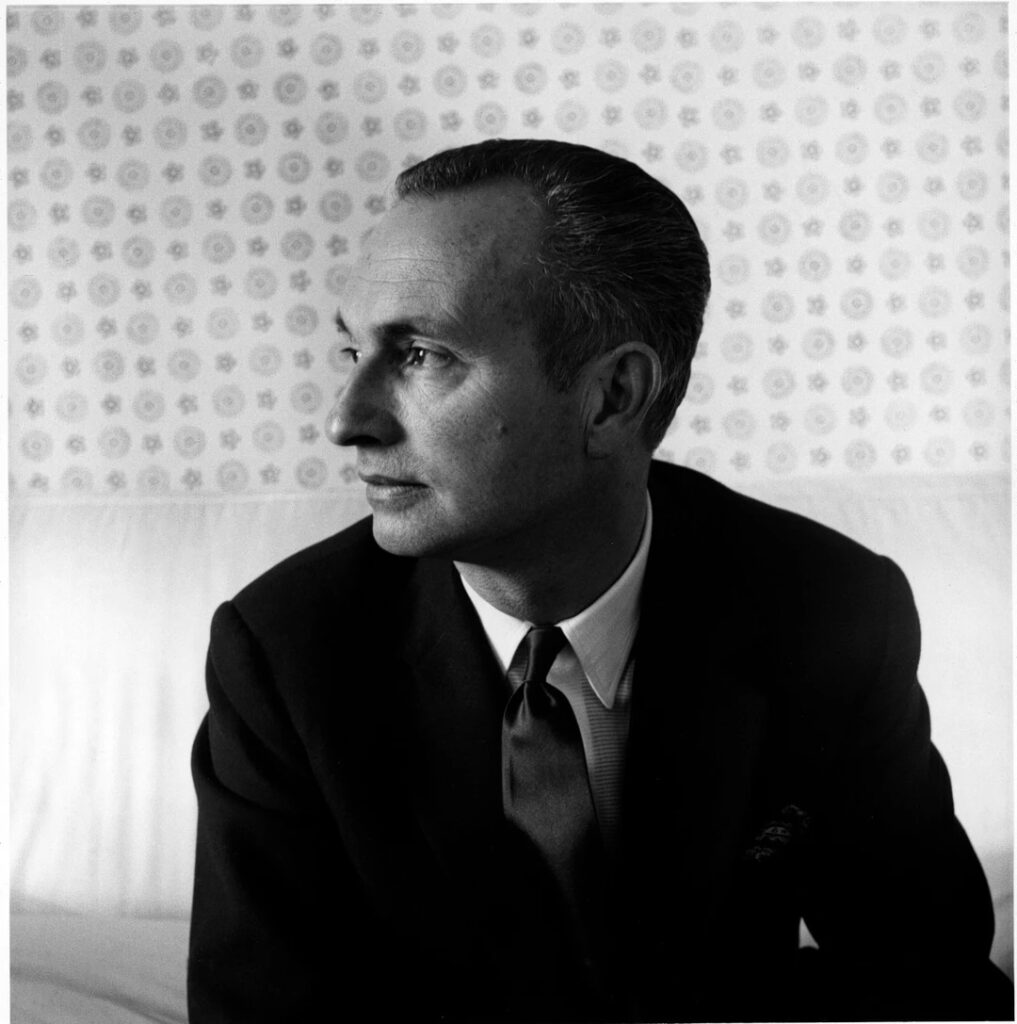
In 1956, a Tiffany & Co. executive was looking for talented newcomers for the design department. He keenly discovered the gifted Jean Schlumberger and offered him generous terms, allowing him to establish an independent workshop and salon in the Tiffany building.
In 1957, Jean Schlumberger designed a classic necklace featuring the legendary 128.54-carat yellow diamond that Tiffany had acquired in 1878. The necklace was worn by Audrey Hepburn in promotional stills for the movie “Breakfast at Tiffany’s,” further boosting his fame and making his works highly sought after by celebrities and socialites.
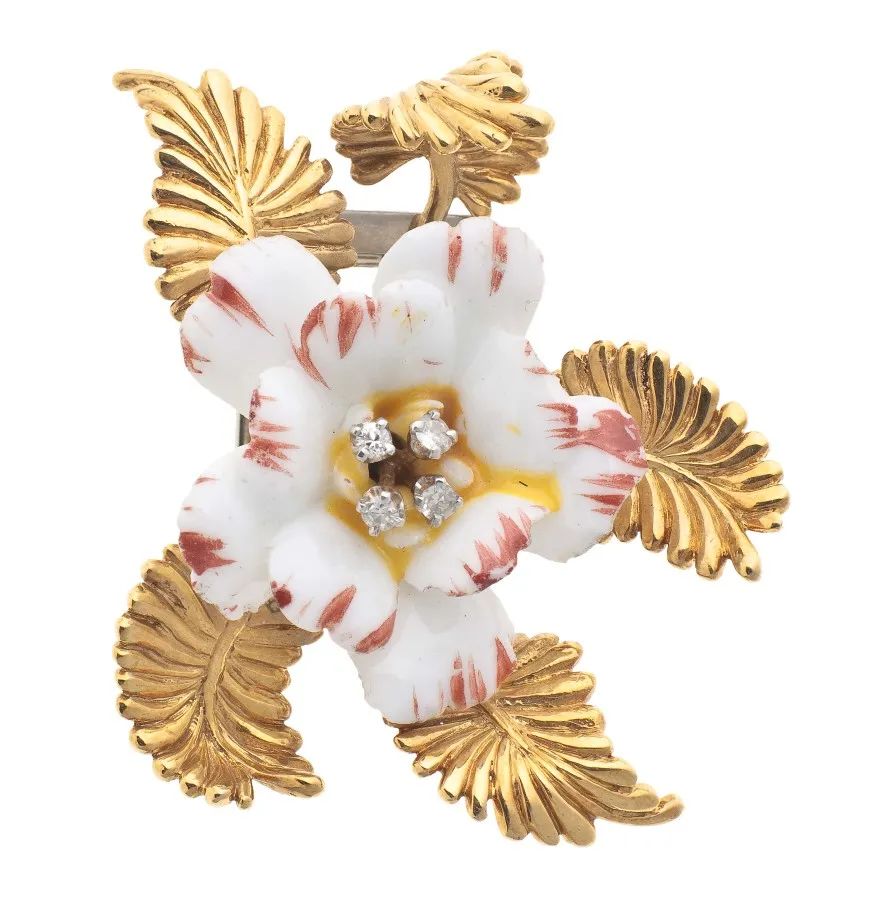
If Jean Schlumberger hadn’t experienced war, his jewelry wouldn’t have featured so many lively and vibrant natural flowers and plants. If he hadn’t loved to travel, his jewelry wouldn’t have included so many unique small animals. Each piece of his jewelry is full of vitality.
Take this porcelain flower branch brooch, for example: each flower is so lifelike, every petal and leaf seems to quiver in the wind, and the diamond-encrusted stamens serve as the dazzling focal point of the entire brooch.
JAR: “The Genius Master”
JAR has always been revered as a godlike figure among jewelry peers and seasoned collectors, with an unshakable position in the contemporary jewelry field. Born in New York in 1943, JAR discovered his great interest in jewelry at a very young age. He loved visiting the Metropolitan Museum of Art and Tiffany’s jewelry store on Fifth Avenue. At 20, he was admitted to Harvard University, where he studied art history and philosophy.

In 1966, after graduation, JAR felt guided by fate and moved to Paris, where he met his future partner, Pierre Jeannet. In 1978, they moved to Place Vendôme in Paris, joining the world’s top jewelry brands, and truly started their jewelry business.
JAR is extremely low-profile, producing only 70 to 80 pieces of jewelry a year. In November 2013, JAR returned to the Metropolitan Museum of Art in New York, where he used to sketch as a child, and was invited to hold a jewelry exhibition. This was the first time the Met had held a retrospective for a living contemporary jewelry artist.
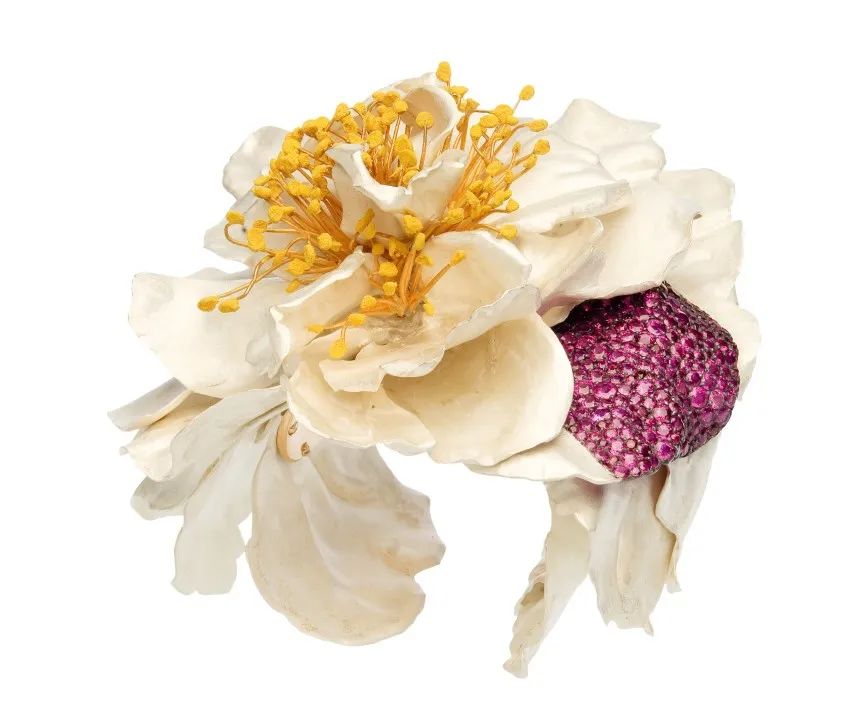
A jeweler once told JAR, “You’ll be very good at this because you don’t know any rules.” Indeed, JAR doesn’t know any rules, so he isn’t bound by any, allowing his inspiration to run wild. His jewelry is highly recognizable in terms of design, materials, and craftsmanship.
Take this bracelet, for example. Could you imagine that the white petals of the entire camellia flower are made of bleached silver? The one or two special red petals unexpectedly switch to gold, inlaid with 332 rubies of various sizes… These are the genius sparks that belong uniquely to JAR!
Cindy Chao: “Pride of Chinese Designers”
Cindy Chao was born into an artistic family. Her grandfather was a Chinese temple architect, and her father was a sculptor. Growing up under the influence of her elders, Cindy not only learned to observe buildings from every angle with three-dimensional thinking but also gained a deeper understanding of the art of fine jewelry creation, combining horizontal and vertical perspectives and blending virtual and real elements.
In 2004, Cindy Chao established her eponymous jewelry brand “Cindy Chao The Art Jewel.” She adheres to the creative concepts of “architectural sense, sculptural quality, and vitality,” which subtly permeate each piece of jewelry.
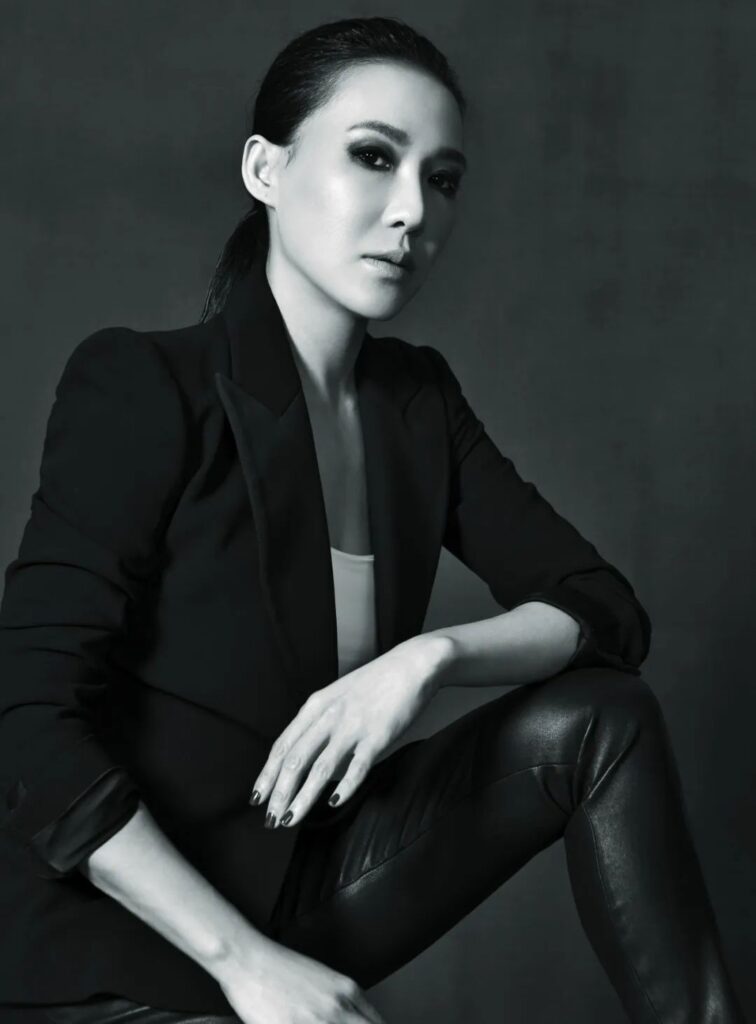
The knowledge of architectural essence inherited from her family, the artistic accumulation from years of overseas study and travel, and over a decade of dedicated research into the wax carving techniques of European royal court craftsmen – these seemingly chance encounters in life ultimately led to her inevitable achievements after turning 40.
She is the only contemporary Chinese jewelry artist whose works have been collected by three authoritative museums worldwide: the Smithsonian National Museum of Natural History in the United States, the Musée des Arts Décoratifs in France, and the Victoria and Albert Museum in the United Kingdom.
Her fine jewelry has repeatedly appeared at Christie’s, Sotheby’s, and other international auction houses, being snapped up and treasured by knowledgeable jewelry collectors worldwide at unbelievable high prices.
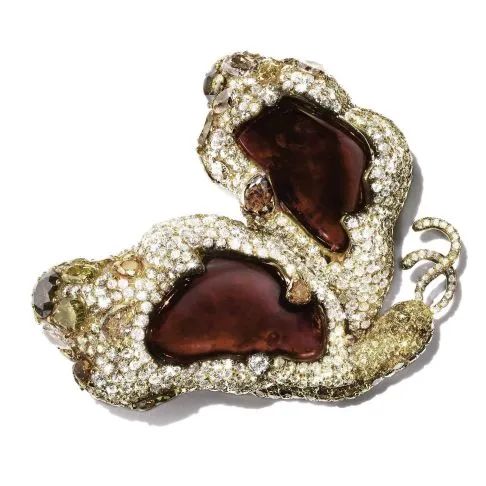
The design of this ruby side-flying butterfly brooch is very unexpected. Instead of creating a traditional flat butterfly, it captures the moment of a butterfly’s side flight. Her customary three-dimensional thinking makes this butterfly very dimensional and dynamic.
She spared no expense in custom-cutting two unheated rubies and inlaid the butterfly with diamonds, color-changing sapphires, fancy colored diamonds, and brown diamonds. Even the back is meticulously crafted. All this extravagant “use of precious materials” is solely to stay true to her artistic creation and perfectly realize her original conceptual blueprint.
Q&A with the Jewelry Gallery Curator
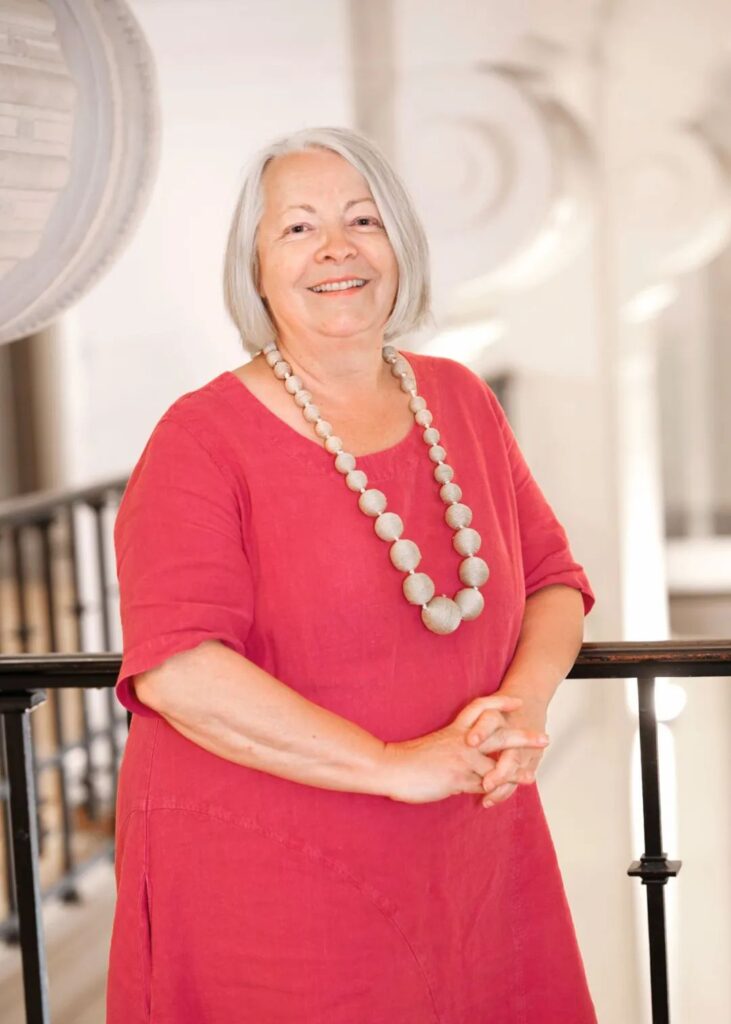
Chief Curator of Ancient and Contemporary Fine Jewelry
Q: What are the highlights of the Bijoux jewelry gallery at the Musée des Arts Décoratifs in Paris?
A: The jewelry gallery at the Musée des Arts Décoratifs displays about 1,200 pieces of jewelry, showcasing typical works from the history of jewelry from the Middle Ages to the present. A distinctive highlight is the selection of jewelry from China, Japan, and India displayed in cylindrical showcases at the center of the exhibition space.
Q: What factors have a greater impact on the value of jewelry?
A: When discussing the value of jewelry, people often mention the materials used. The range of materials is vast, from precious and semi-precious stones to gold, silver, and alternatives like steel, cast iron, and nickel silver, as well as organic materials such as coral, ivory, mother-of-pearl, horn, and even hair or fish, and also plastics and rhinestones.
So, I would say the value of jewelry depends on various factors. For example, René Lalique didn’t use many diamonds; he preferred semi-precious stones, moonstones, opals, and often used glass to create flowers. Yet his jewelry is very successful today and recognized as highly valuable.
Q: What are the criteria for expanding the jewelry collection in the gallery? What is the most important characteristic of a piece of jewelry?
A: The jewelry gallery is arranged chronologically and also displays jewelry-making techniques. Private collectors, dealers, designers, and jewelers have all contributed to the museum’s extensive collection of antique and modern jewelry. Acquiring jewelry also depends on opportunity; some are donations, and we tend to focus on the quality of the jewelry.
For pieces we actively acquire, we know exactly what we’re looking for, so we focus more on certain characteristics of the item.
Q: In 2020, the museum acquired a piece of jewelry by Chinese designer Cindy Chao. What special significance does this have for the museum?
A: Previously, most of the museum’s collection came from Europe, especially France, but gradually our vision has become more open. In 2020, we acquired a side-flying butterfly brooch by Chinese jewelry designer Cindy Chao. The Musée des Arts Décoratifs has many important jewelry collections from around the world, and we are delighted that her butterfly shines brightly in the jewelry gallery.
Q: Can you share some interesting recent jewelry exhibitions held at the Musée des Arts Décoratifs?
A: We recently held an exhibition on the influence of Islamic art on Cartier’s creations – Cartier and Islamic Art. This was our first time analyzing inspirations drawn from books or ancient Islamic works, ultimately creating a fascinating exhibition.
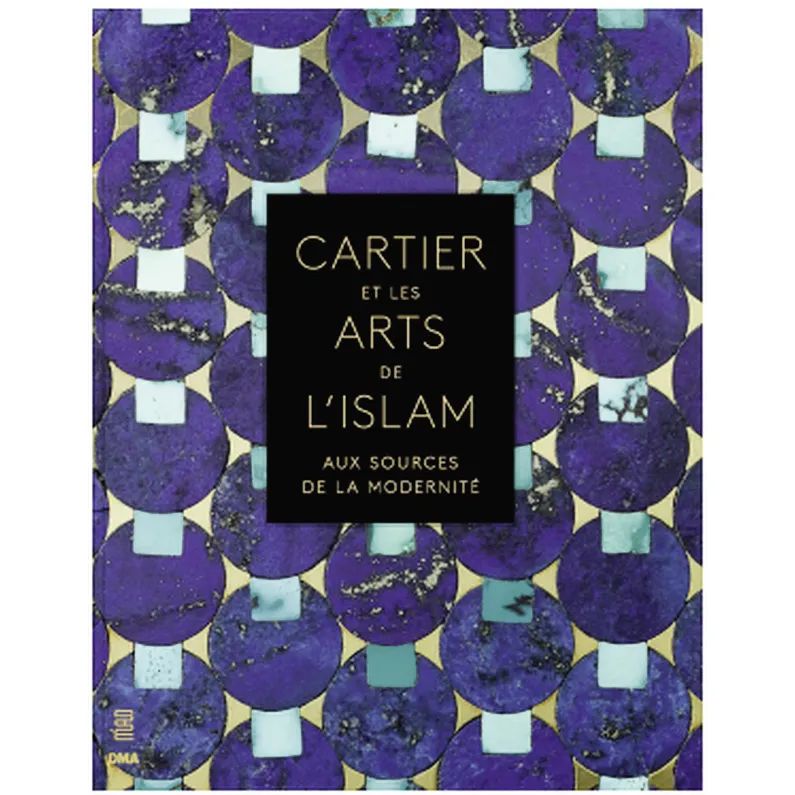
There’s also the upcoming exhibition “Shocking! The Surreal Worlds of Elsa Schiaparelli” from July 6 to January 22, 2023, which brings together 520 works by the Italian designer. People will rediscover her innovative imagination and artistic modernity.

How about it? If you have the chance to come to Paris and the Louvre, don’t miss the Musée des Arts Décoratifs. This “hidden corner” has huge surprises waiting for you! Lastly, don’t forget to share this with your friends!
A Hidden Gem Near the Louvre: The Musée des Arts Décoratifs – A Must-Visit Jewelry Haven for Enthusiasts
Tweet





